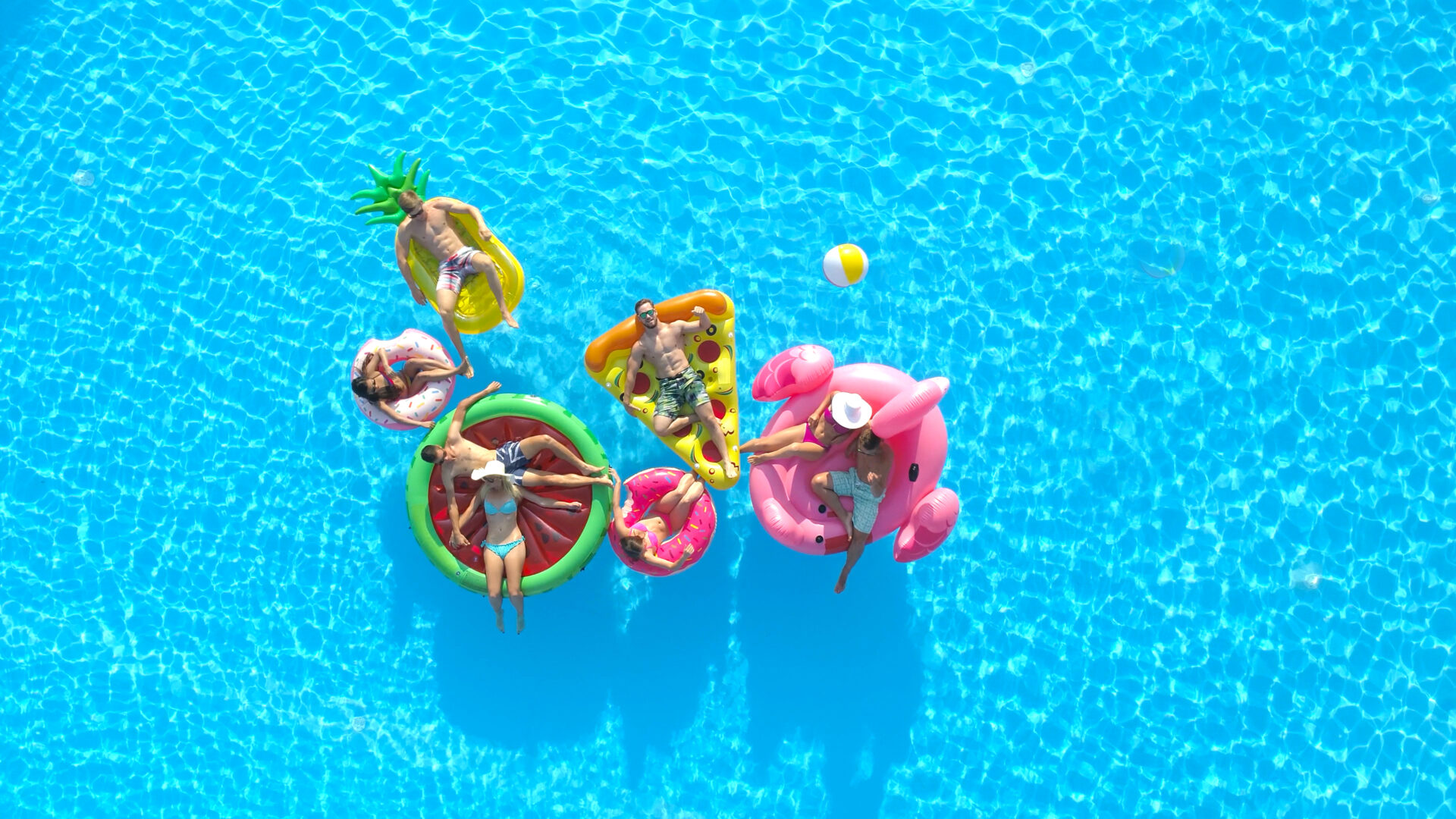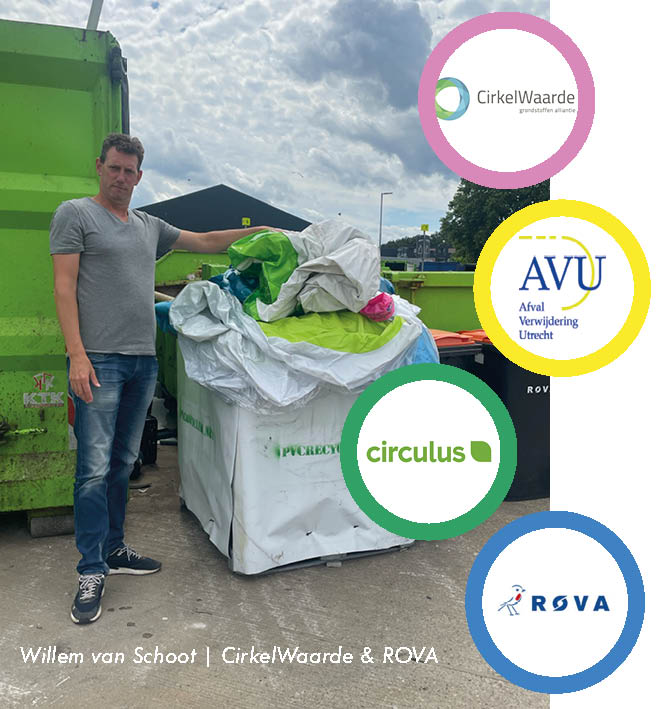The Pilot
Year after year we saw an increase in the number of inflatables in Dutch stores. This increase is inherent to consumer demand the “throw-away-society”, which buys the items within a summer and transforms them into waste. Moreover, we heard from the market that these items were a problem disturbing both the residual waste and PMD stream. This was enough reason for Vinylrecycling to turn it into a project and find a suitable partner to start the pilot with us. Circlewaarde, the umbrella body uniting the AVU, Circulus and ROVA organizations, recognized this problem and agreed to the pilot.
We placed MicroBins at the 19 recycling centers where residents could leave their inflatable items. Because of the hot weather, there was a lot of interest in the project and we had to replace the first full bins with empty ones within a week. The project was well received by both the public and the media, so other organizations approached us to participate.
Rd4 and Cyclus we were able to add. Cyclus went along with the modus operandi, Rd4 received 20 bins and took care of the logistics as well as storage and transshipment.
The policy focused on taking in inflatable items that are intended for water fun and must be inflated manually. The figures presented here are from this pilot period, although this flow continued during the winter months. There were less frequent bing swaps. Nevertheless, we still collected 8,500 kg of PVC.







